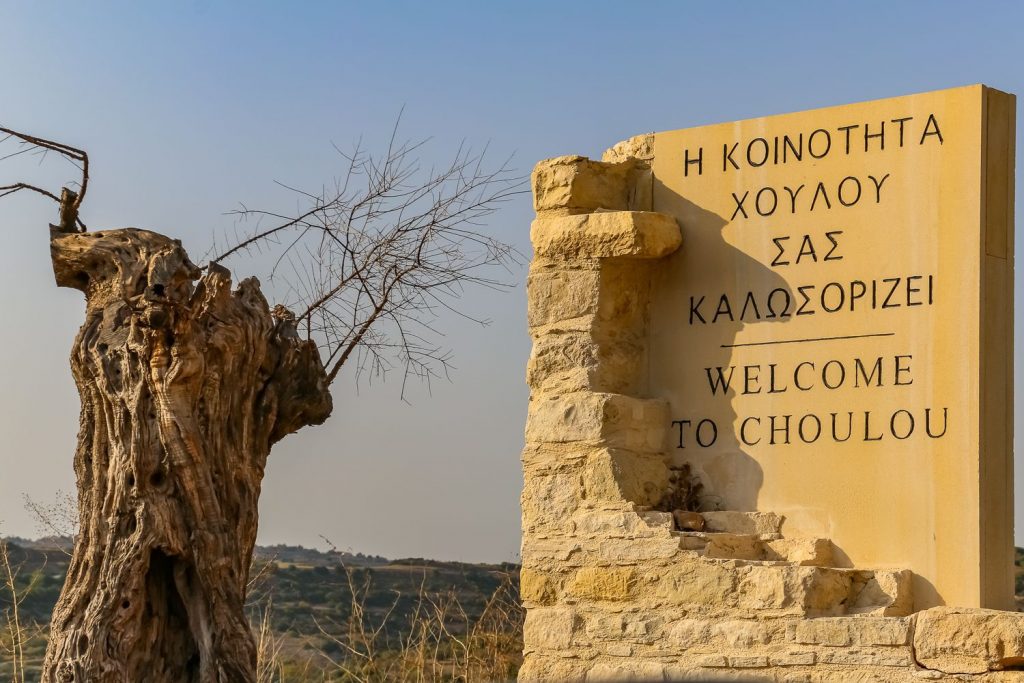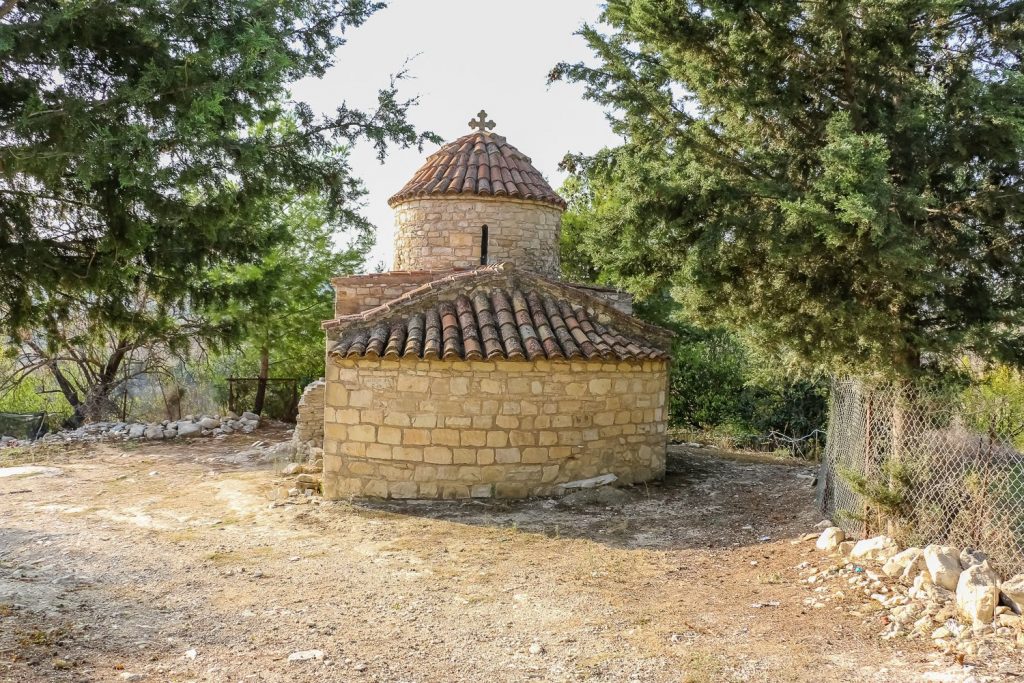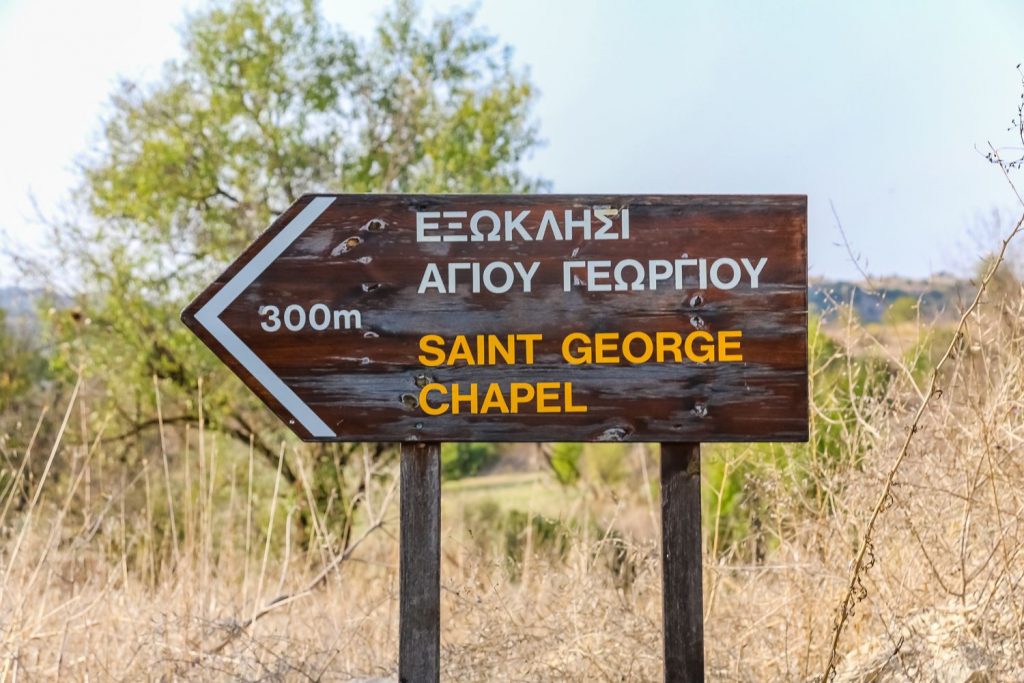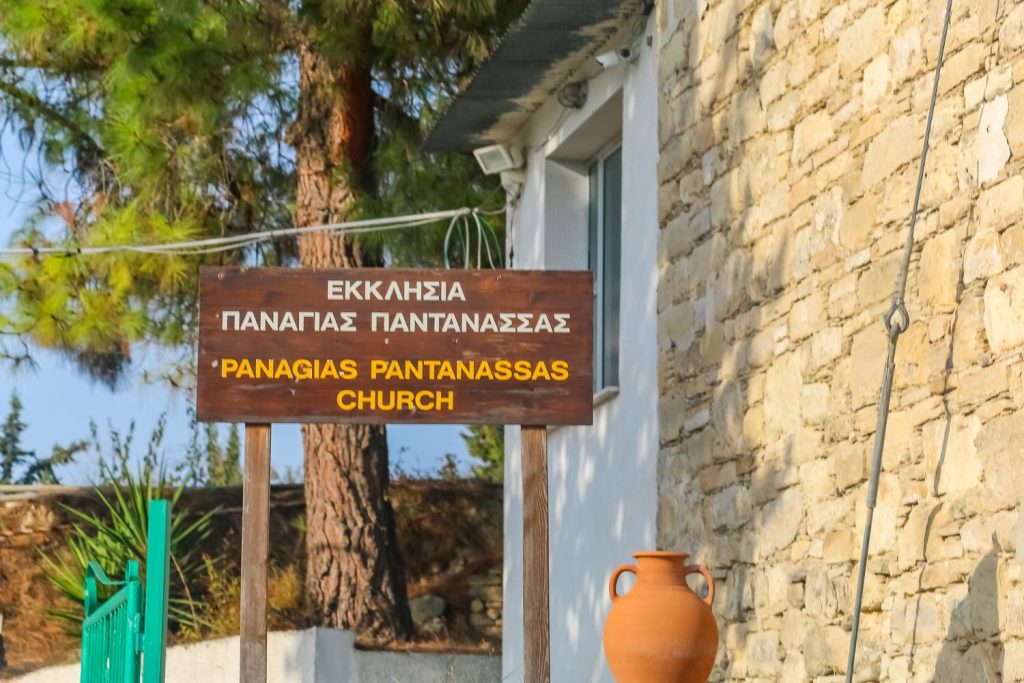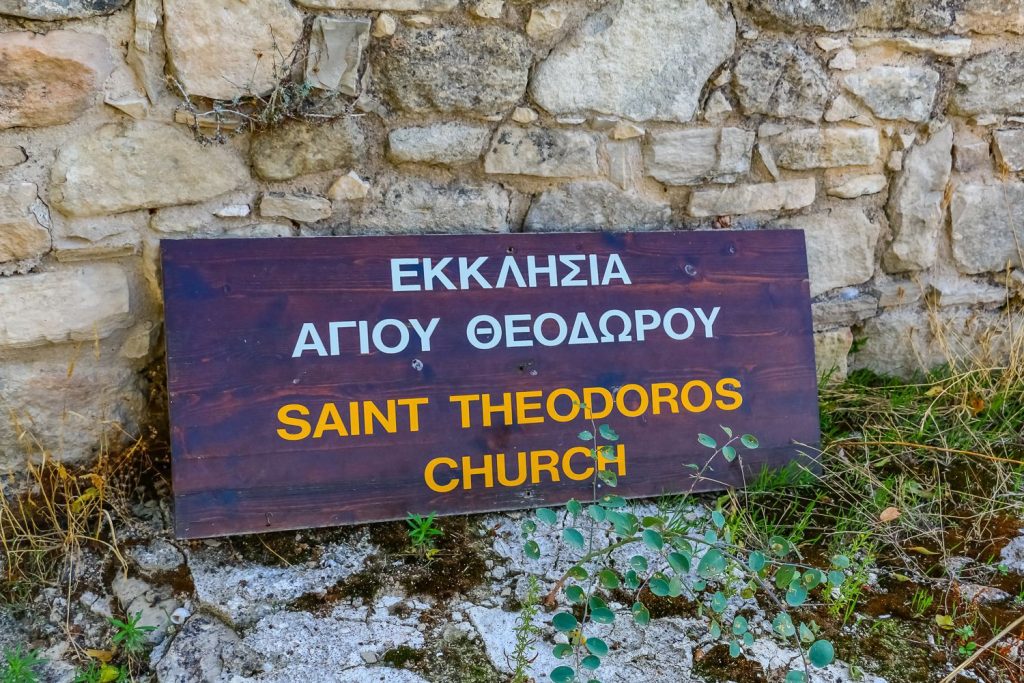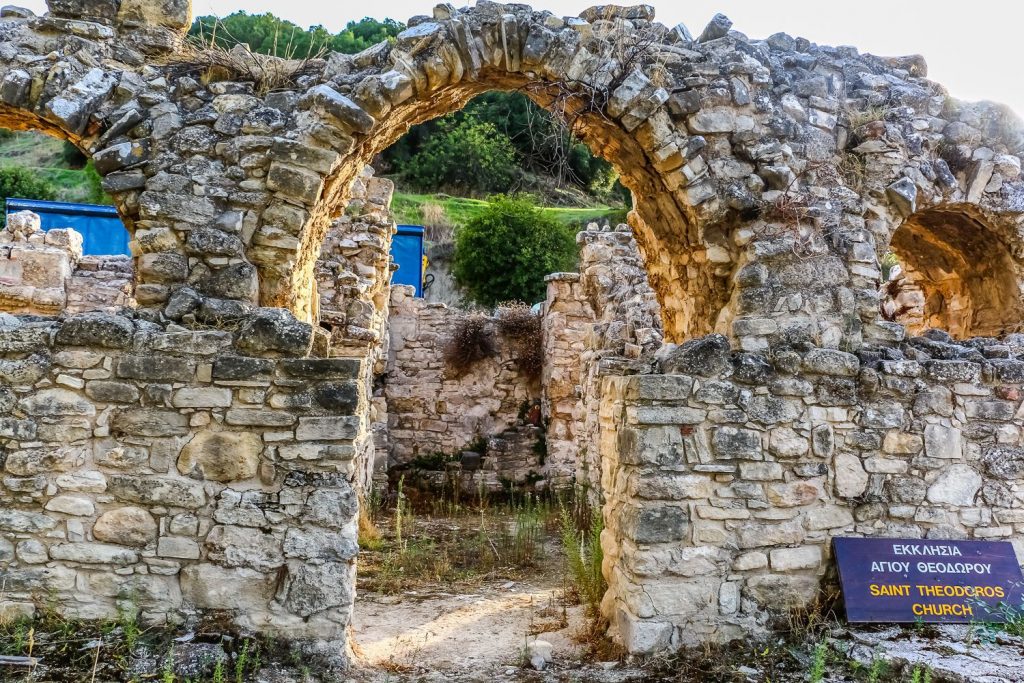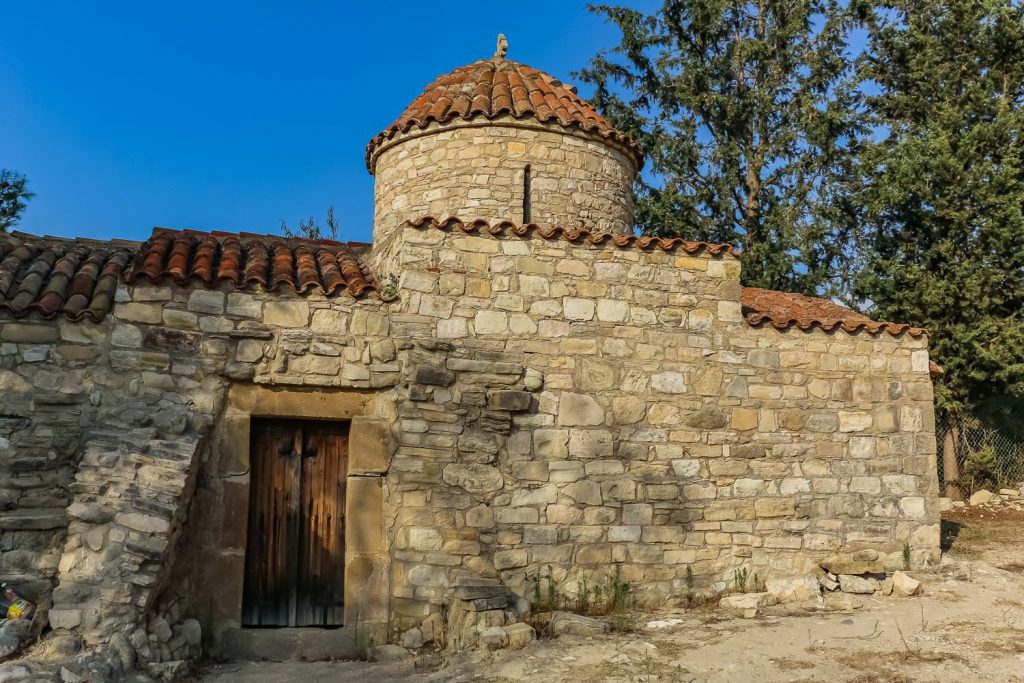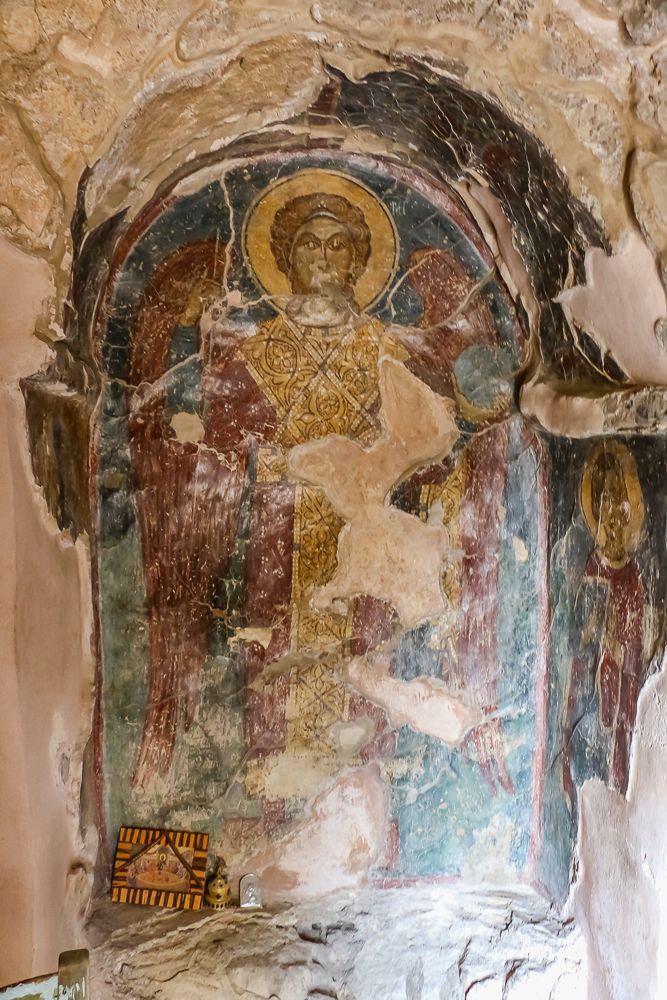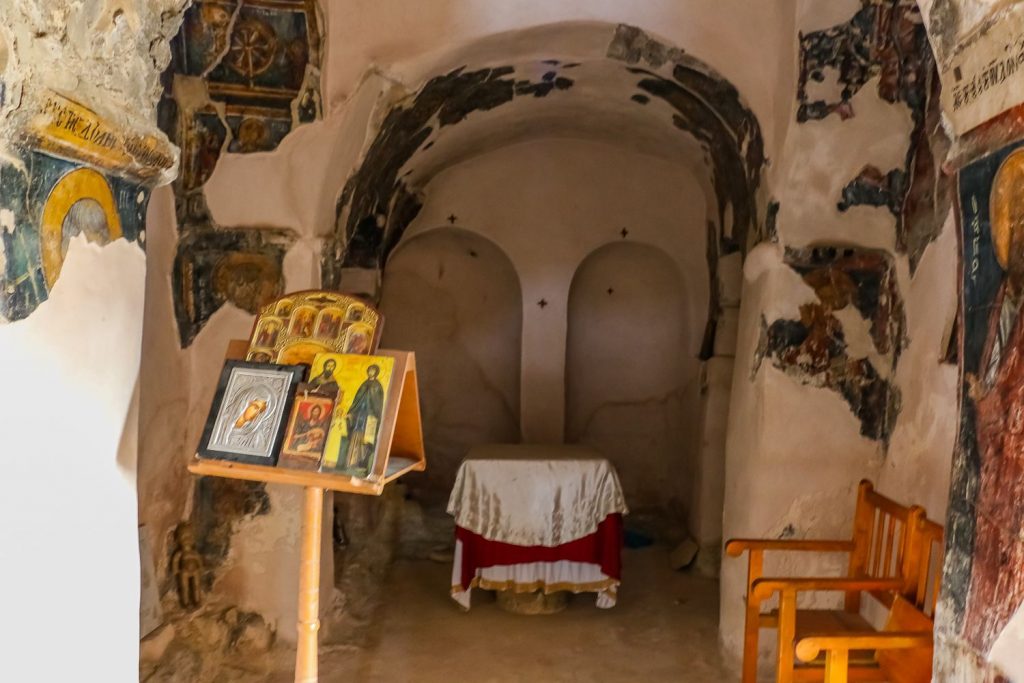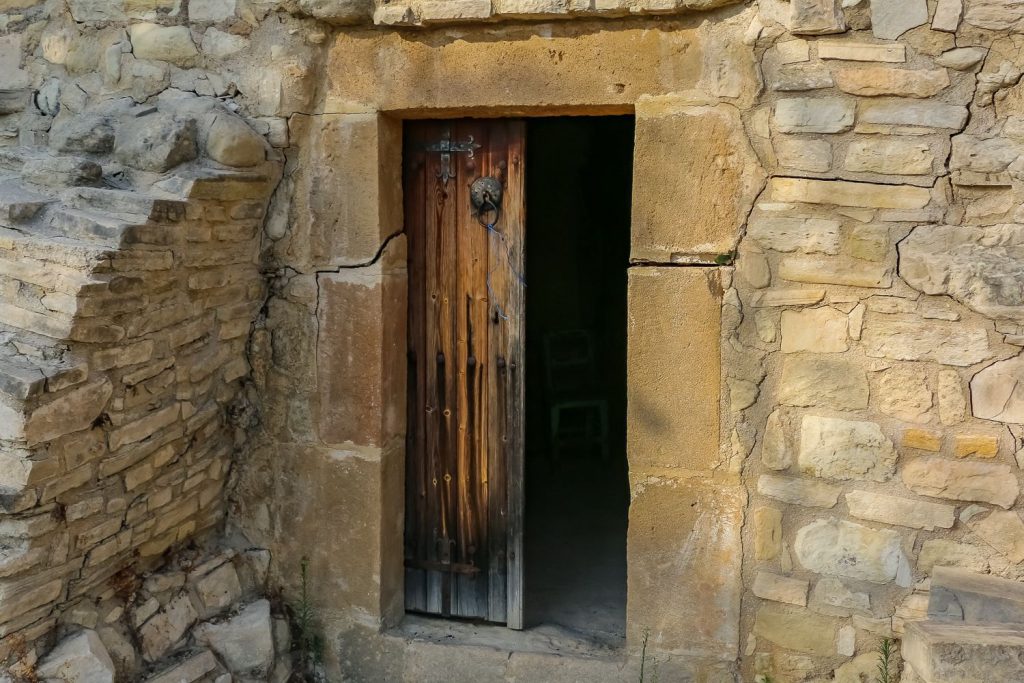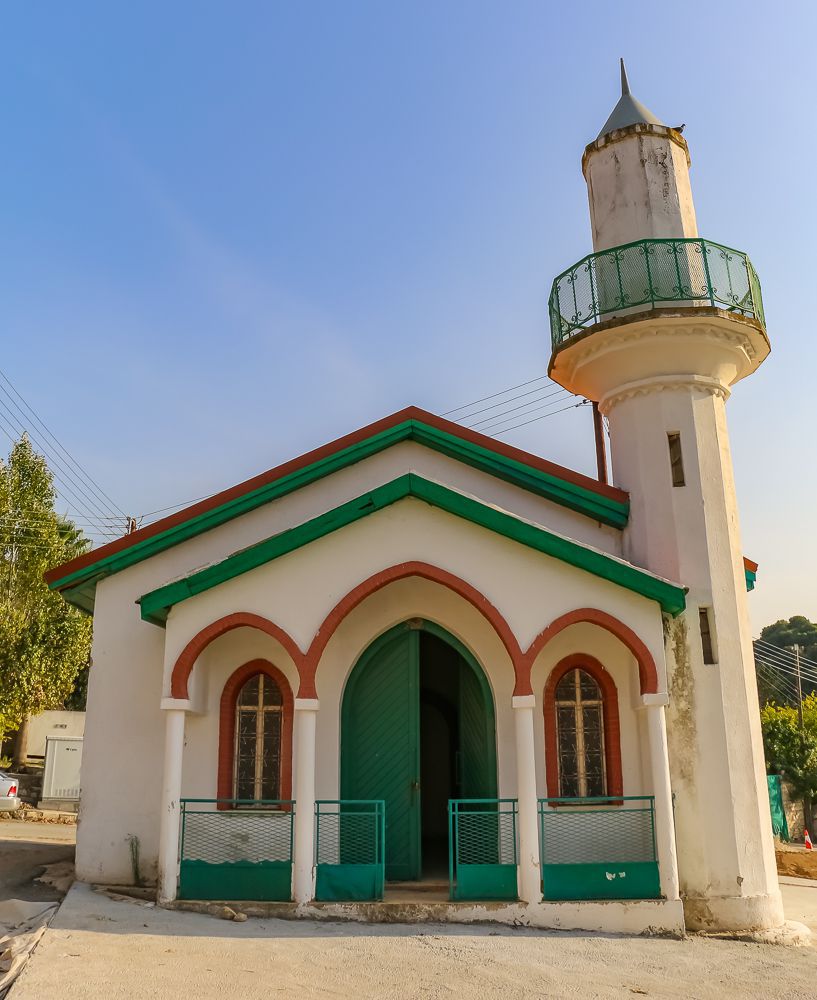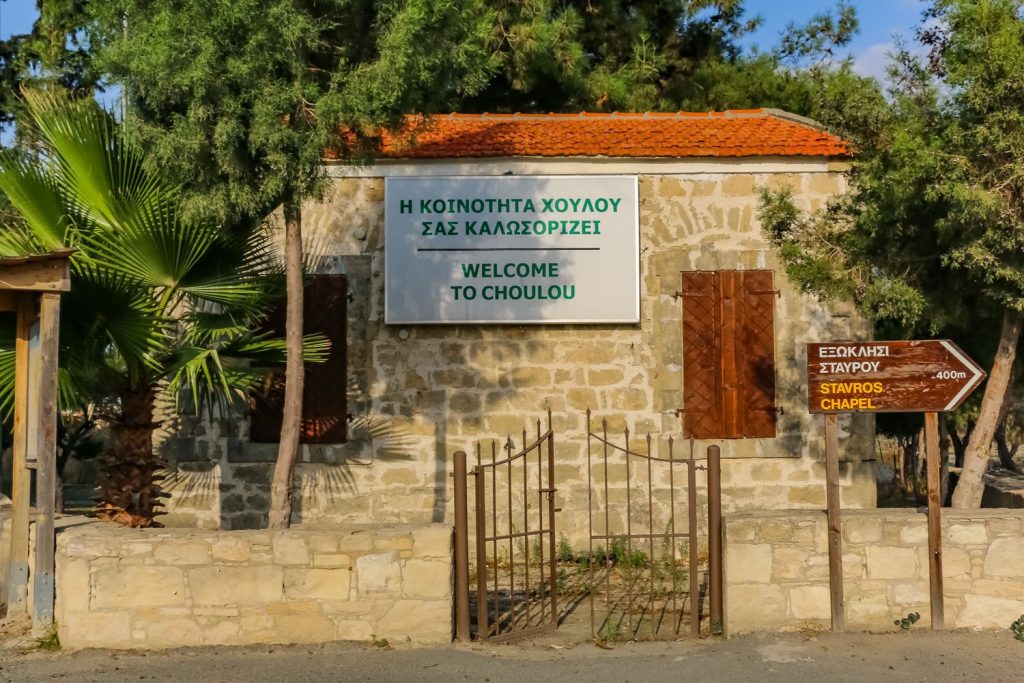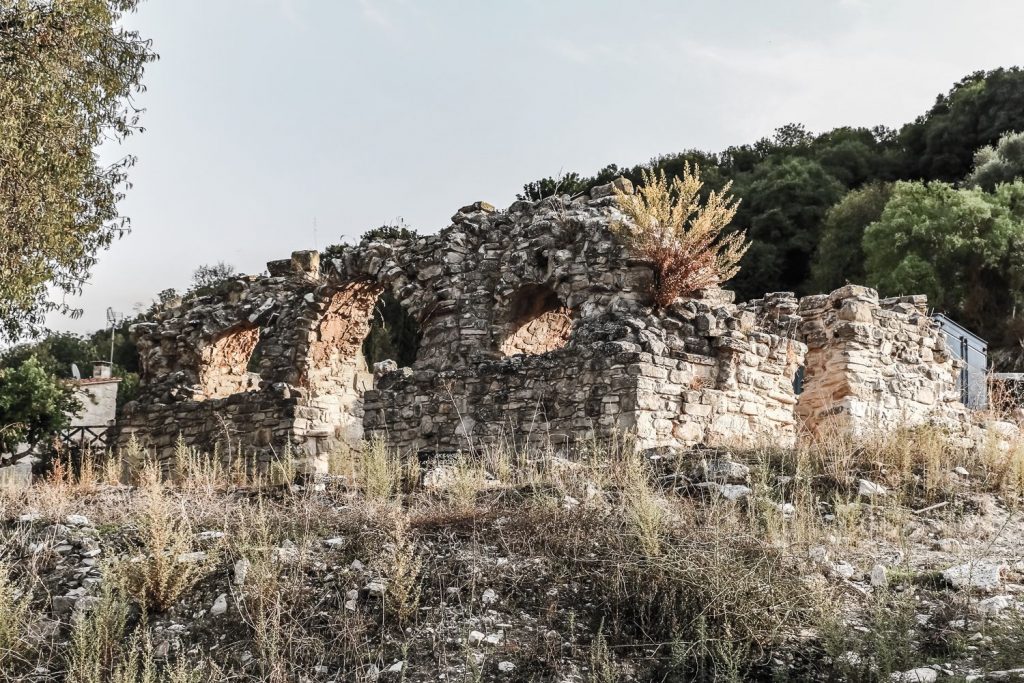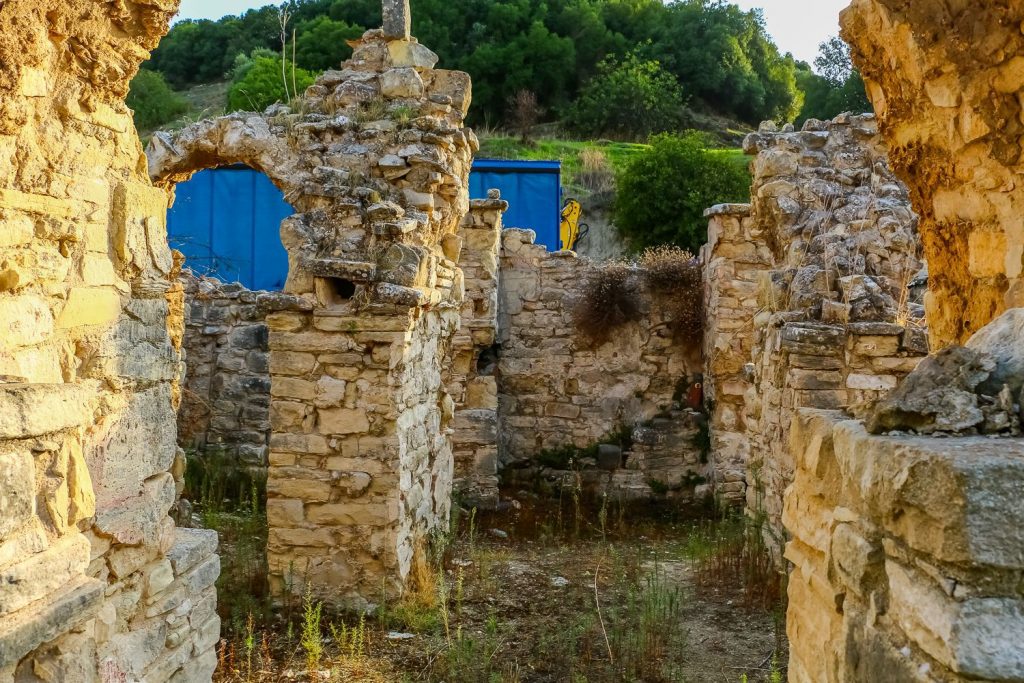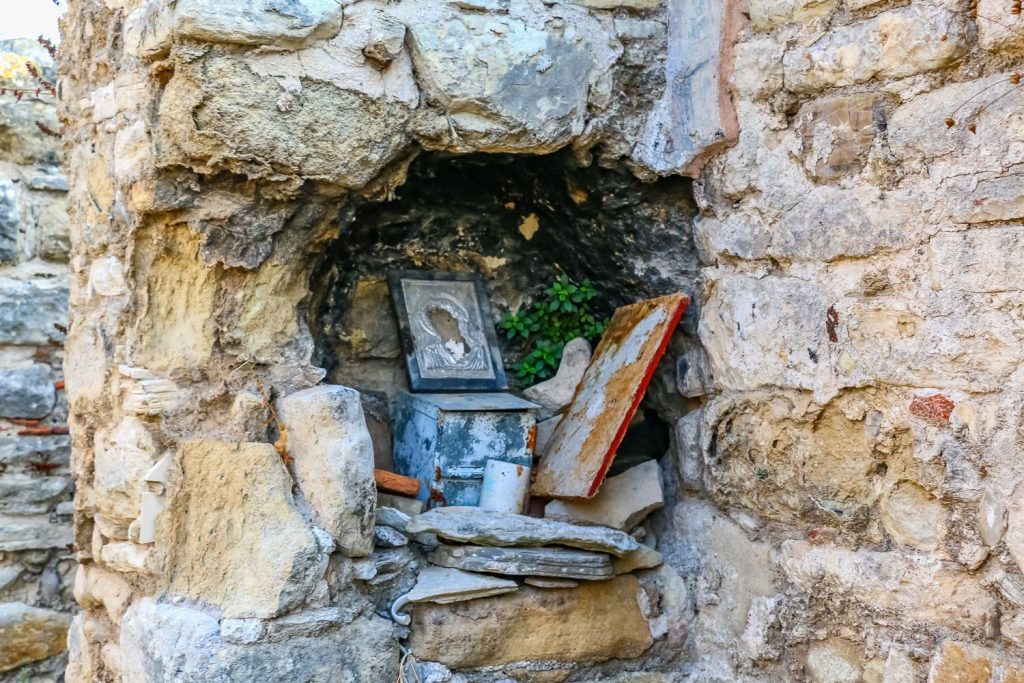Choulou
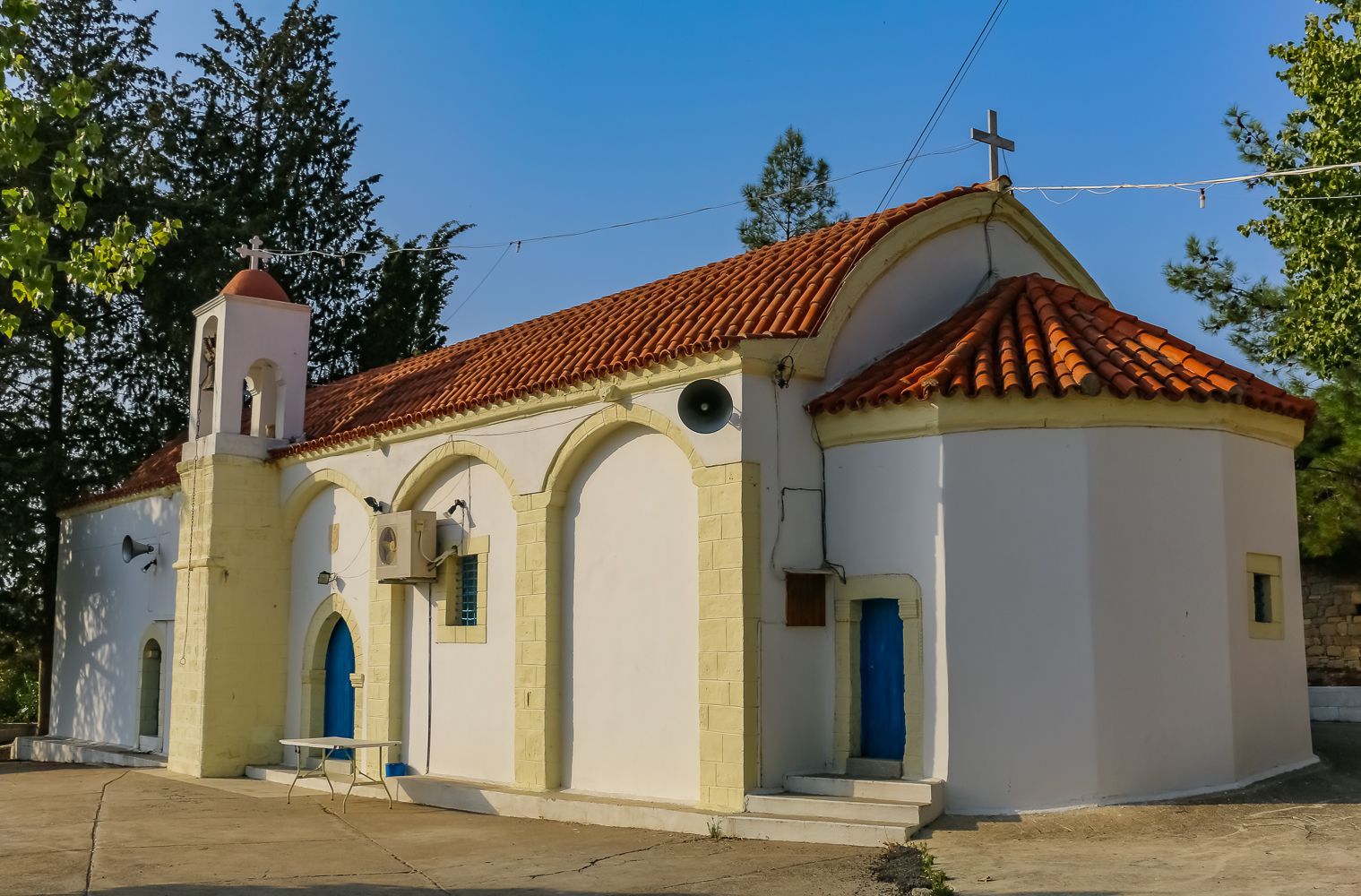
Choulou is a village in the province of Paphos in Cyprus and it is situated 25 km northeast of the homonymous city, 77 km northwest of Limassol and 130 km southwest of Nicosia.
Built at an altitude of 330 meters east of the Ezousa River and the tributary of the Chalaras, Choulou with the approximately 150 inhabitants, locals and foreigners who chose it as a permanent residence, is considered one of the five most beautiful villages in the province, according to the Developmental Company of Paphos, making it a point of attraction for many tourists. The settlement is one the ampelochoria (wine-producing villages of Cyprus), which still maintains its traditional character until today and is architecturally characterized by its narrow streets and white stone houses with courtyards and internal arches, wooden windows and doors and tiled roofs.
The village was founded during the Byzantine era, while in the Frankish period, namely in the 13th century, it was the seat of a fief, with its name associating with that of the Syrian origins owner of the fief, Goul. As a matter of fact, there was also the king’s palace in the courtyard of today’s church, which was then the temple of the palace. In the course of time and after the Ottoman domination (1571), a mixed settlement with Greek Cypriots and Turkish Cypriots was established there, but after the intercommunal riots that broke out in 1963, the latter abandoned the village and moved to neigh boring Axilou and Pitargou, where the Turkish Cypriot element was prevalent. After the Turkish invasion of 1974, the few remaining Turkish Cypriots in the settlement moved to the occupied areas of northern Cyprus.
Choulou is also known through folk tradition, since it is related to the well-known and old Cypriot folk song of “Arodafnousa”. The beautiful peasant and wife of the then feudal lord of the community, Ioannis de Montolif, conquered King Peter II with her beauty and they had a love affair. When she was pregnant, the king left to fight in the Holy Land, and Eleonora, the king’s wife, after discovering the truth and waiting for her husband to be far away and harmless, sent Arodafnousa to Kantara Castle in Kerinia, subjected her to horrific tortures until she died.
The community has a lot to offer to its visitors coming here, such as a beautiful and verdant natural environment, many churches, monuments and services. In the village there are grocery stores, supermarkets, restaurants and taverns with fine mezedes (appetizers), local cuisine with home- made recipes and quality meat, while in the local traditional cafes tourists can enjoy their coffee. In the context of agrotourism, there are some agrotouristic lodgings, as well as traditional guest houses that preserve the Cypriot architecture and the aesthetics of the countryside and offer all comforts, satisfying even the most demanding of customers. In the community there are also processing units, a bakery, soutzoukos (traditional local sweets made out of grapes) and palouzes (local traditional sweet jelly, produced out of grape juice) manufacturing craft-shop, as well as a visitor’s information center, as well as a Cultural Center in the old elementary school of the village. Some beautiful places that the visitor will encounter during his tour of Choulou are two stone-built bridges in the middle of the village, the watermill, the old olive mills, the Zivania (traditional Cypriot pomace brandy) pots and the many traditional stone-built drinking fountains, such as Kato Vrisi that dates back to the 13th century. The most important monuments that monopolize the interest of those who come here are the many churches and chapels of the village. The main church is located in the southwestern part of the settlement and is dedicated to Virgin Mary Pantanassa. The basilica building of the 12th century was originally the private feudal church and is adorned with an epitaph (one of the oldest, still preserved to this day epitaphs and woven with pure silk) and 16th- century frescoes that were covered with lime during the Ottoman domination. In fact, a fresco in the temple, beneath that of Pantanassa, represents Arodafnousa, which confirms the extent that the story had taken at that time. It is a remarkable fact that, according to the locals, the church was also visited by the Turkish Cypriot inhabitants of the community who worshiped the icon of Panagia Pantanassa of the 14th century.
The Byzantine chapel of Agios Georgios Choulou at the entrance of the village was built in the 12th century with its foundations buried beneath the earth and is preserved in excellent condition, being another important religious point of interest in the area. Other important churches are the ruined chapel of Agios Theodoros of the 8th century, the ruins of Agia Eirini, Agia Aikaterini, Agia Paraskevi and the renovated chapel of Agios Kononas in the northwest, as well as Agios Tryfonas, some 1.5 kilometers northeast of the settlement. Also in the community there are Agios Thomas, Agios Merkourios, Agios Christophoros and Agios Nepios.
The small church of Timios Stavros (the Holy Cross) was renovated in 1970 and is situated on a hill with a magnificent view of the village, at the site of a previous military watch tower that was erected during the Frankish domination. In the middle of the slope, there is a cave, which acted as a shelter for the soldiers of the watch tower. According to the tradition, when Eleonora, the king’s wife, regretted her torturing and murdering Arodafnousa, she went to the priest to confess and he asked her to build this chapel at the sight of the watch tower. In fact, Eleonora carried the stones in her apron and built it all alone.
The mosque with a minaret of the village which has been restored and highlights the recent past of the Turkish Cypriot community, was built in 1961-1962 and is located at the site of the Latin church of St. George, which after the occupation of Cyprus by the Ottomans, was transformed into a mosque.
Within close distance northeast of the community, the visitor will find the famous Monastery Chrysorrogiatissa (10.5 km) and the Holy Monastery of Paphos (9.5 km), two of the most important monasteries in the province. The Chrysorrogiatissa is a stately building complex founded in the 12th century and is a place of pilgrimage for many locals and foreign visitors (mainly from Russia), arriving by the thousands each year in order to see the miraculous icon. The Holy Monastery is also one of the most ancient religious sites, since it was built in 300 AD. on the ruins of an ancient Greek temple dedicated to Hera by the king of Paphos Nicocles (374 / 373-361 BC).
Choulou is bordered by Agios Dimitrianos, Stato-Agios Fotios, Lemona, Polemi and Letimvou.

